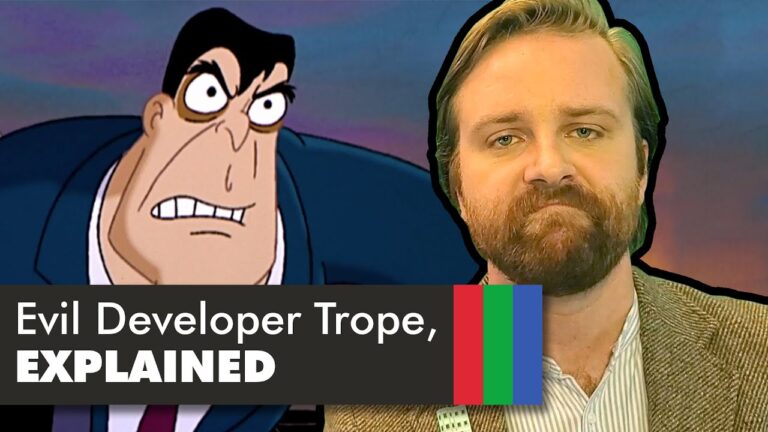Physical Address
304 North Cardinal St.
Dorchester Center, MA 02124
Physical Address
304 North Cardinal St.
Dorchester Center, MA 02124

In the standard urban growth model, a circular city lies in a featureless agricultural plain. When the price of land at the edge of the city rises above the value of agricultural land, “land conversion” occurs. In the real world, we’re more likely to call it “development” and it is, of course, a lot more complicated. Simplification is valuable and gives us more general insights. But is greenfield development complicated in ways that are interesting and might change the results of urban economic models? Or that might change the ways we think or talk about development policy? Witold Rybczynski’s 2007 book Last Harvest helps answer these questions. It tracks a specific cornfield in Londonderry, Pennsylvania, from the retirement of the last farmer to the moving boxes of the first resident. With its zoomed-in lens, Last Harvest answers (or at least raises) lots of questions that are interesting but not especially important in the grand scheme: Why do expensive homes mix some top-line finishes with cheap, plasticky ones? Why do anti-development communities permit any subdivisions at all? What is ‘community sewerage,’ and how does it work? Exactly who thinks it’s attractive to have brick and vinyl cladding on the same house? What’s it like to buy a house from a national homebuilder? Does Chester County really produce forty percent of America’s mushrooms? The Stack Rybczynski does not use this term, but what he describes is part of what I call the “stack” of housing supply. One of the central facts of development is that it relies on a very long chain of industries and professions, each of which relies on every other part of the stack doing its job. If one part is left undone, nobody gets paid: ‘Without a water contract, we can’t get a permit for the water mains, […]

If there’s one thing that unites TV and film since the fifties, it’s the archetype of the dastardly developer – forever destroying homes and hiking rents. But it wasn’t always this way. Where did this trope come from, and is it true? This week on Pop Culture Urbanism, I dig into the cronyism and red tape that turned developers into Hollywood’s favorite villain. Be sure to follow future episodes by subscribing to the Pacific Legal Foundation on YouTube! We have a lot of content in the hopper that you won’t want to miss.

Earlier this year, researchers Paavo Monkkonen and Michael Manville at the University of California Los Angeles (UCLA) conducted a survey of 1,300 residents of Los Angeles County to understand the motives behind NIMBYism. As part of the study, they presented respondents with three common anti-development arguments, including the risk of traffic congestion, changes to neighborhood character, and the strain on public services that new developments may bring. But according to their findings, the single most powerful argument motivating opposition to new development was the idea that a developer would make a profit off of the project. At first blush, this finding might seem kind of obvious. People really don’t like developers. As Mark Hogan observed last year on Citylab, classic films from “It’s a Wonderful Life” to “The Goonies” depict developers as money-grubbing villains. But, when you think about it, it’s pretty weird that this is the case. In what other contexts do we actively dislike people who provide essential services, even if they happen to turn a profit? I don’t begrudge the owner of the corner grocery every time I buy a loaf of bread or a gallon of milk, and I hope you don’t either. In fact, most of us are probably happy that folks like doctors and dentists earn a lot for what they do. So why are developers, who provide shelter, any different? One possibility is that developers are often, for lack of a better term, assholes. This is surely the case with at least some developers. Our president is arguably America’s most famous developer, even if he isn’t exactly the master builder he played on television. And President Trump’s defining characteristic in his “Celebrity Apprentice” role—and evidently in real life—is that he is a bit of an asshole. But it isn’t just him. Most cities have […]